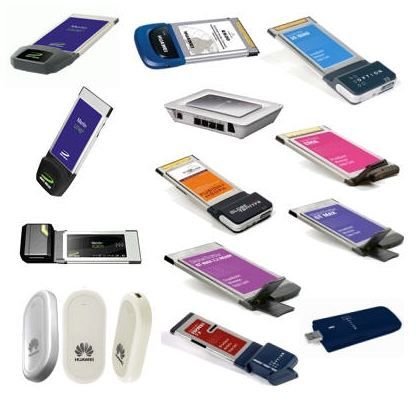What is a Wireless Data Card?
Introduction
Being connected on the go has become more important recently than ever before; laptops are more portable, people are more connected, and information travels faster. Therefore, it’s important for most users to have the ability to be in touch no matter where they are. While relying on Wi-Fi hot spots can get your device online reasonably well, there is no substitute for a wireless data card. It gives you an anytime, anywhere access to anything you need on the World Wide Web, all while never wondering if you have a location with Internet nearby. They can be used while driving, at home, in a hotel, and basically anywhere you can make a wireless call.
Some Different Types of Wireless Cards
What is a wireless data card?
What is a wireless data card? Put simply, it is a device that allows a user to connect to the Internet over the very same technology your cellular phone uses. It will dial into the carriers’ wireless data network and your laptop will simply see it as an always on connection, exactly like a standard broadband connection at a home or workplace. Additionally, all of the wireless carriers offer different types of data cards to meet the ever changing needs users have and the varying types of laptops and netbooks. One consideration must be which wireless carrier has the best coverage in the places you will be as this is the single most important part of a data card - its connection strength. The download speeds will all hover near or slightly above 1.5MB speeds, easily matching DSL at most locations.
For years, the most common type of data card was a PCMCIA slot type. These would slide into a thin rectangular slot on the side of a laptop and software would take over from there. While popular for years, their aging connection type was a strain on battery life and has since been replaced by USB and ExpressCard. Both of these types are very similar in their handling of battery drain, but physically look very different. The ExpressCard device looks like a smaller version of the PCMCIA card of which it replaces, and the USB wireless data card looks like a standard USB flash card or thumb drive attached to a small antenna. There is no advantage or disadvantage to either of these; it basically comes down to personal preference and what ports are available on your laptop. Keep in mind that some laptops come with the device already embedded inside, which makes for an excellent companion to any road warriors’ mobile gear.
Being disconnected from the web is not an option for many people and always-on connections are permeating every part of daily life. In the future, there will certainly be a greater number of wireless data options and connection types, and to navigate the myriad of options, think carefully and remember that not all data cards are created equal.
